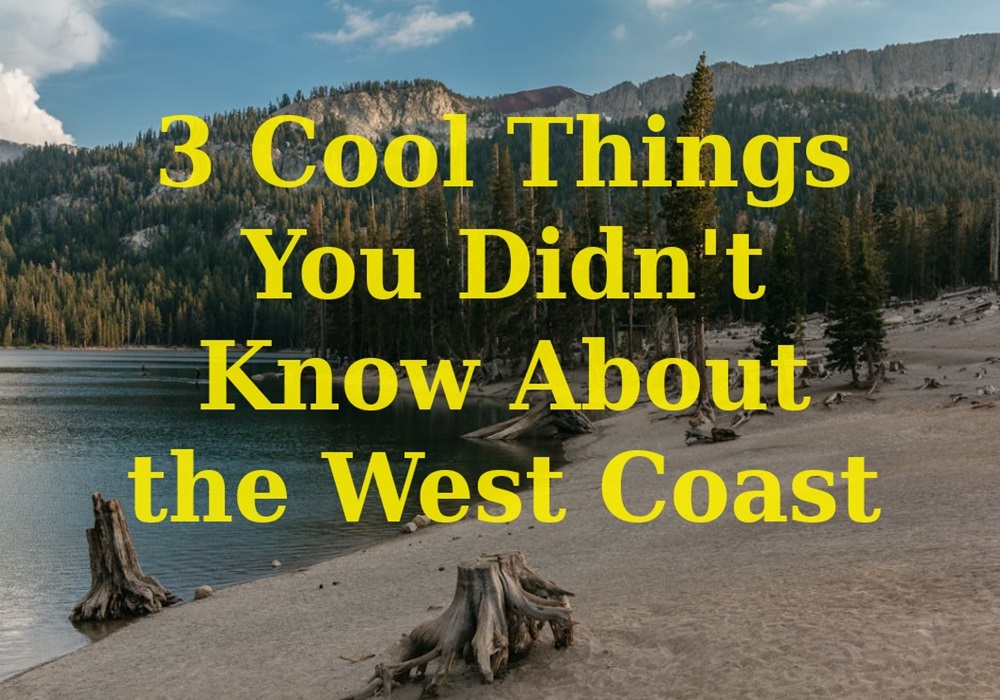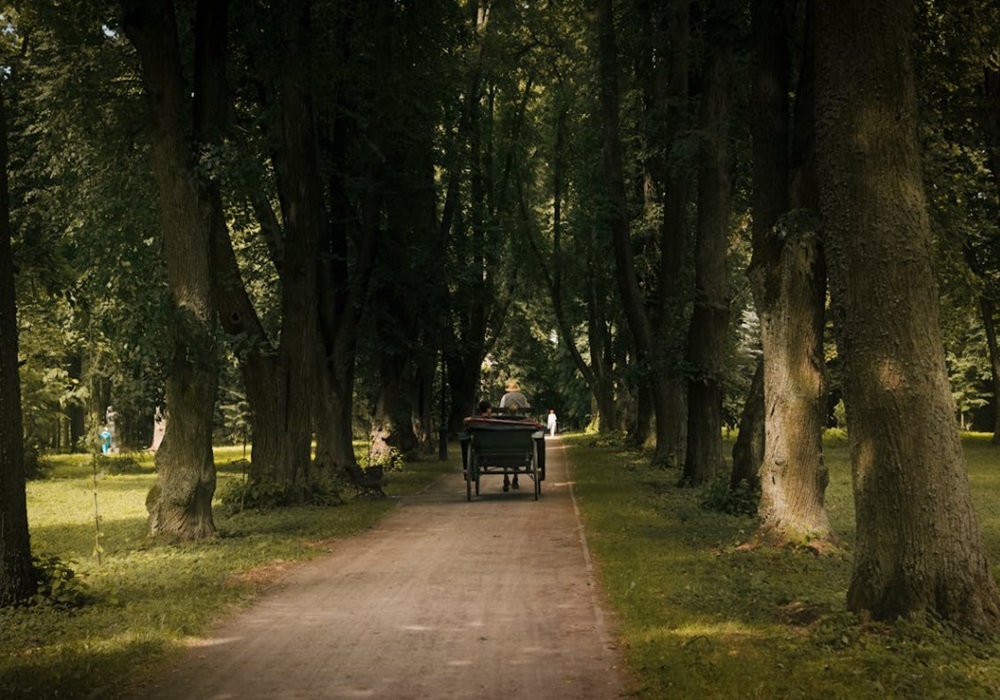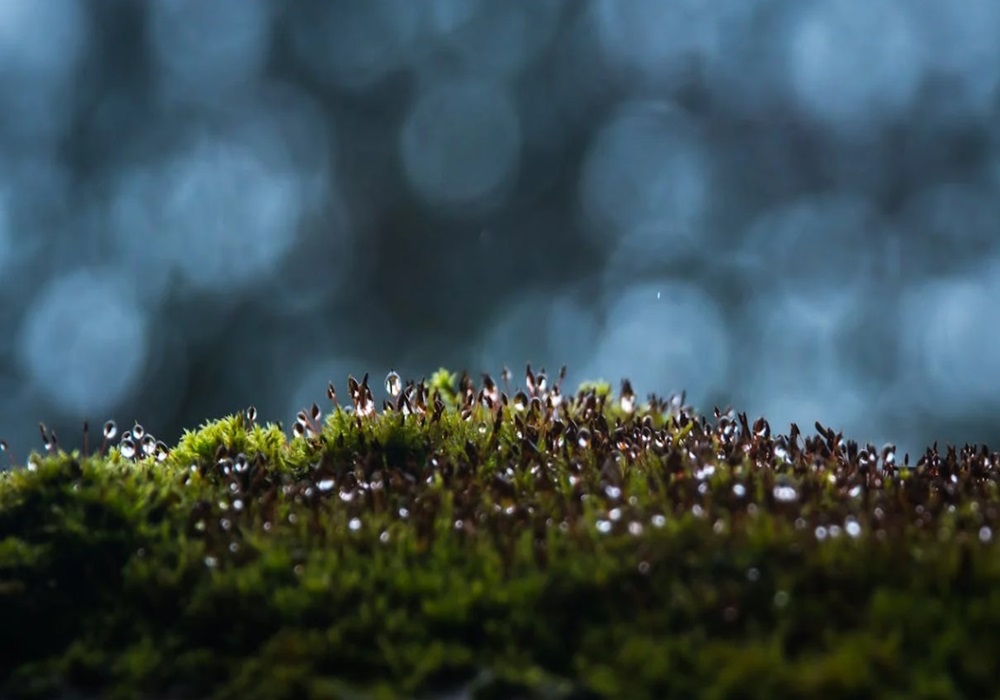
I’ve lived on the East Coast, the Midwest, and the West Coast. In all these places in North America some things are unique, but most things are the same. People’s accents change, the temperature changes, the architecture changes, and most of these differences are already obvious to Americans and Canadians. I could easily write an article in the reverse titled “4 things you didn’t know about the East Coast,” but today, because I had a blast visiting friends in Seattle this past weekend, I want to share some cool things that most people elsewhere probably don’t know about the West Coast and life on the Pacific. So let’s get started.
#1: There’s More Lawn Furniture and Flowers in People’s Gardens For a Good Reason:

Yes, it’s true. Compare the average front yard of a East Coast home to the average front yard of a West Coast home and you’ll certainly see the difference. West Coast homes have more patio furniture, more flowerbeds, more luxurious landscape design, and this is for a very, very good reason. Actually, this reason makes me respect people on the East Coast a lot. It’s not that people on the West Coast are just more creative. It’s actually the case that people on the East Coast and parts of North America’s Center suffer from hurricanes almost every winter! If you had a home in Nova Scotia and you knew there was likely to be another hurricane this year, would you spend time and money planting little delicate flowers and fragile lawn furniture on your yard? No, you wouldn’t. Instead you’d likely invest in a back-up generator, a BBQ, and a big truck to plow through the snow! On the West Coast, however, at least in North America, hurricanes are practically non-existent. On the West Coast, hurricanes only exist way out in the Pacific Ocean and in South America, and almost never come to land in North America. This gives liberty to people living in places like Washington and British Colombia, allowing them to decorate their yards with fragile and delicate embellishments, because there’s no fear of high winds destroying everything. So, while you may have noticed West Coast homes have more lavish exteriors from videos and photos, now you know why it’s like that. Cool, right?
#2: While the East Coast Was Colonized in the 1500s, The West Coast Wasn’t Colonized Until the 1800s:

When you look around wondering why barely anyone on the West Coast speaks French, and why there is so much more American and Canadian history from the East Coast, it all makes sense once you learn that the West was last to be colonized by Europeans, and this resulted in many subtle differences in landscape and culture that can still be noticed today. Quebec City has been around since 1608, but at this time the City of Vancouver was still wild rainforest packed with First Nations tribes speaking more than thirty dialects. Vancouver itself was not founded until 1886, when it was still a small city that exported lumber and salmon. Many people know this, but if you’re learning this for the first time then doesn’t it make a lot of things less mysterious? Like, why is the West Coast more liberal and left wing than the East Coast? Why is the West Coast less traditional, with less churches than the East Coast? This history explains so much, as a lot of the cultural differences separating the West from the East in North America come from the simple fact that European pioneers landed on the East Coast, and it took them hundreds of years before they even crossed the continent by land and discovered and settled in the West Coast for the first time. Isn’t that cool! If you want to see more history about the West Coast, check out this awesome YouTube video by UsefulCharts about the history of Vancouver:
#3: Something Considered Fluffy and Beautiful Elsewhere is a Rampaging Menace in the West Coast, And the Culprit is Moss!
There’s one really interesting and unique difference between the West Coast and the East Coast of North America that isn’t so obvious from videos and photos. It’s still not that noticeable even when you visit the West Coast, unless you really look around and pay attention. There was a period when I was a kid living Manitoba when I would fantasize about cute little ocean-side homes completely covered in moss. I thought the moss growing all over cabins and cottages in photos looked so cool and romantic. I was just a kid, but I wanted to live in a giant house that had nothing but moss for a roof! One trip to Seattle in my teenage years was all it took to wave that dream goodbye, and my recent trip just confirmed it for me again. In the East and the Center of North America, moss certainly exists, but it’s not the rampaging menace that it is on the West Coast. I’m not aware of the science behind why moss is a monster terrorizing roofs and patios on the West Coast while it’s a rare, friendly plant in the East, but that’s the case and there’s no denying it. Having a house where the roof was completely covered in moss was a dream, but for many people in Seattle it’s a living nightmare. Some houses need to get roof cleaning and moss removal every year or two, because if they don’t the roof will become permanently damaged and might need a replacement. So next time you look at a photo of a cute little cabin in the woods covered in moss, think about the poor people in Seattle who have to pay hundreds of dollars to clean their roof every year.

These have been my 3 cool things that you probably didn’t know about the West Coast. If you learned something or enjoyed my writing, please consider sharing this article on social media. Until next time, thanks for stopping by the Creative Resistance Blog. Check out some of our older posts, and have a great rest of your day, wherever you are in the world.